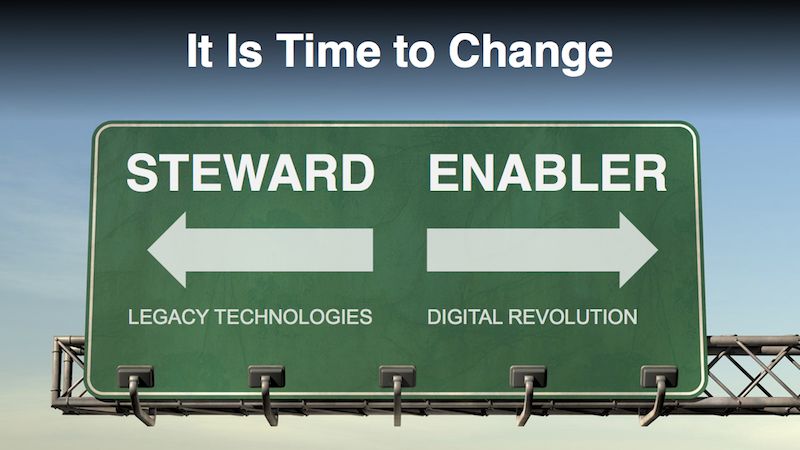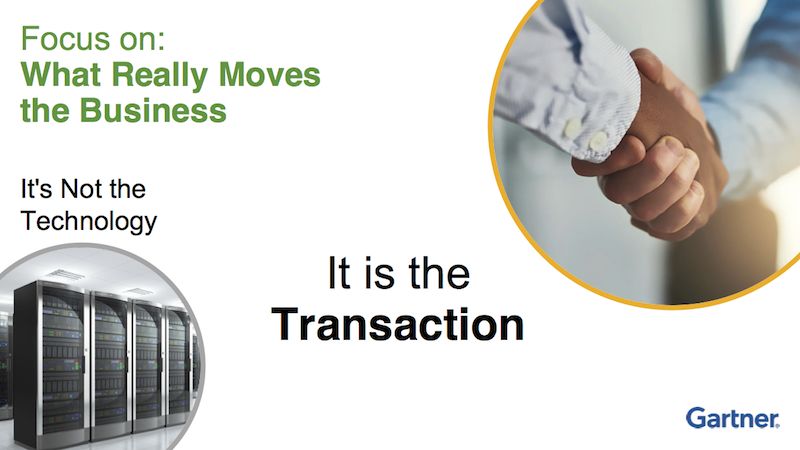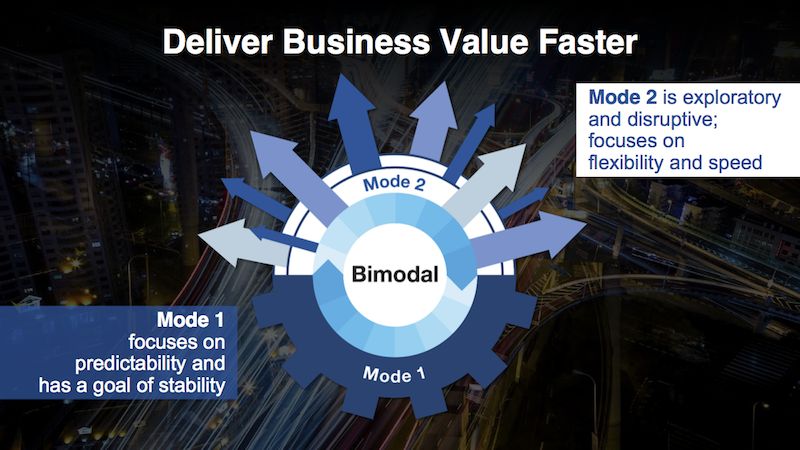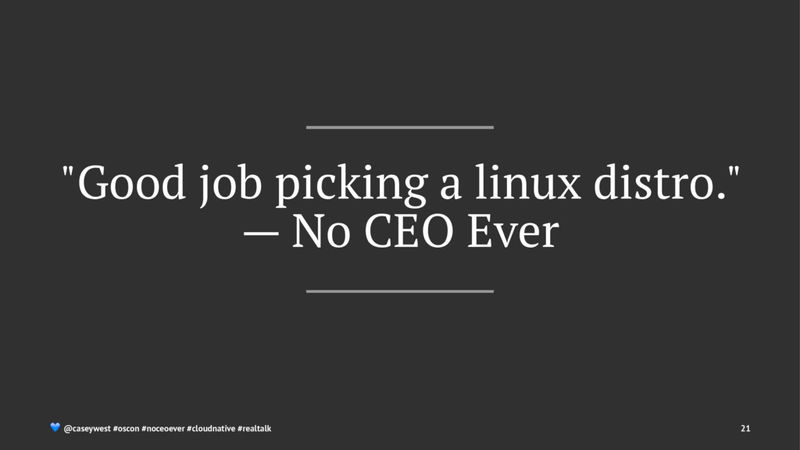Bimodal or Bi-Model
I just attended1 the Gartner Data Center, Infrastructure & Operations Management Summit in London. It was an interesting event, as ever; Gartner events are expensive for both exhibitors and attendees, but they are also the highest-value events around.
With all the excitement there has been about Gartner’s "bimodal IT" concept, I was curious to see whether they would double down, or whether the original idea would be modified in any way.
Given that this was the sixth slide of the opening keynote, I think it’s safe to say that they are not giving up on bimodal:

As is often the case with these high-level structures, hearing it explained by its practitioners helps with reaching a deeper understanding of what bimodal IT actually means. The concern that many people have with the soundbite version of bimodal IT is that it will devolve into "two-speed" IT, with one well-funded group forging ahead with new technologies while the other scrounges around for scrap to keep old creaking systems alive. Of course nobody with any sense would want to be in the latter group, and therefore there will be substantial brain drain between the two.
After spending two days listening to Gartner analysts, whether during formal presentations, in our briefings, or just hanging out during the evening reception, I think I can safely say that there is a bit more subtlety going on here.
What does the business need?
Just a few slides further into the keynote, we have this one:

It is clear that Gartner are trying to move the conversation beyond the details of which technology fits into which category. Once you move the focus to the business outcome, talking about Mode 1 and Mode 2 technologies is a short-hand for some of their characteristics.

Throughout the conference, Gartner people used the terms in this way, talking about the varying levels of agility of the different approaches, but always in terms of the business goals that are being enabled.
It’s unfortunate to my mind that "bimodal" has become such a hot-button topic, because that is absolutely a conversation that needs to be had. If you start "moving fast and breaking things", where those "things" support critical aspects of the business, pretty soon you’re going to find an angry mob of front-line people bearing down on the IT department, waving torches and pitchforks and calling for the head of the idiot who changed something they relied on just because it let them refactor something into something else more technically pleasing to them.
Instead, the public conversation has pretty much stopped at this binary opposition between boring, uncool Mode 1 that gets starved of resources, and cool, shiny Mode 2 that gets all the love.
As I have pointed out before, this misses the time-based aspect. Just because something is all the rage now, and genuinely needs to evolve quickly to respond to rapidly changing business needs, does not mean that will always be the case.
Don’t get stuck in the past
Where I do encounter visibly un-appreciated IT teams, without resources or standing, that is because somebody somewhere missed that key transition. Instead of their job being "supporting the business", in their minds the job description has become "provisioning servers" or "deploying patches" or whatever.
The Gartner people do call out this attitude - see this slide, from that same keynote:

I encounter this type of push-back all the time, pushing a new solution that is disruptive to the existing process. IT people need to be persuaded of the value of changing something that is known to work. The mantra is "if it ain’t broke, don’t mess with it" - and for very good reason! There is a point, though, when that precautionary attitude crosses over and becomes full-blown reactionary.
A good sanity check is to go through this deck from a presentation by Casey West, and see if you recognise yourself or your routine activities.

I get it, it’s highly technical work, it takes time, you’ll notice it if it goes wrong - but ultimately, the main metric - the only metric that matters - is whether IT delivered the outcome that the business required.
Behind the scenes, we IT people need to figure out all sorts of things, but we need to recognise that, to the business, this is about as interesting as the facilities maintenance. Sure, if the bins don’t get emptied or the lift plummets down its shaft, that would be bad, but as long as everything is humming along nicely, it’s invisible. To the business, IT is the same: as long as business outcomes are being achieved, all is well, and if the business result isn’t there, nothing else matters.
Arguing about what is Mode 1 and Mode 2 is to miss the point
The ongoing argument about bimodal IT is a mirror image of the ITIL conversation. ITIL is a useful roadmap, but it goes bad when people are so focused on the map that they start to try to adapt reality to the map. In the case of bimodal IT, nobody is actually suggesting that organisations split their organisations into two and starve Peter to pay Paula. Instead, the notion of bimodal IT is a useful short-hand to talk about existing realities within IT.
Once the time factor is added, bimodal IT is not that different from pace layering, but that model never really seemed to catch on - perhaps because it was overly complex and dynamic. Instead, we are (still) arguing about how bimodal is too binary and static. After spending time actually talking to Gartner people about this stuff, I recognise it as a description of a spectrum, and one that is dynamic. A particular technology will move along the spectrum over time, and that movement needs to be recognised in the processes that deal with that particular technology.
Now that’s taken care of, we can all go back to arguing about private cloud.
-
Normally people say "I got back from" whatever event, but being me, I’m still on the road, and won’t get home for some time yet. ↩